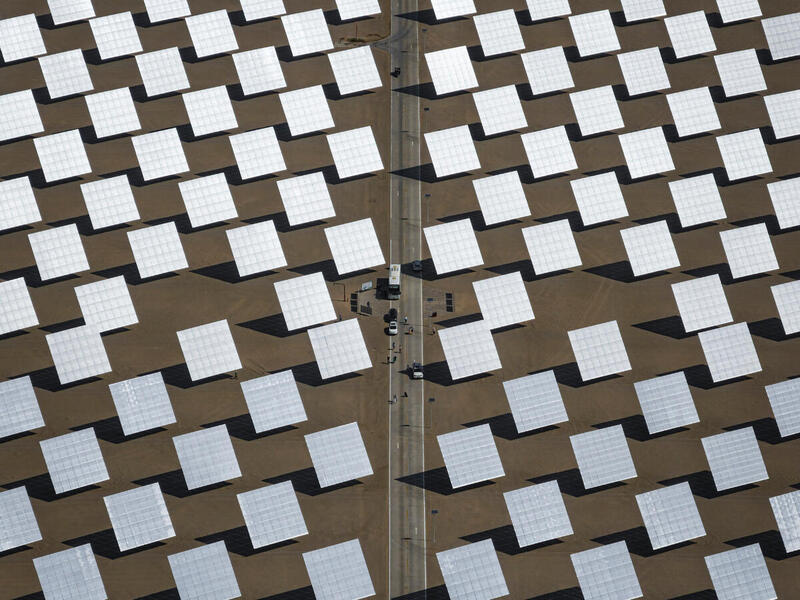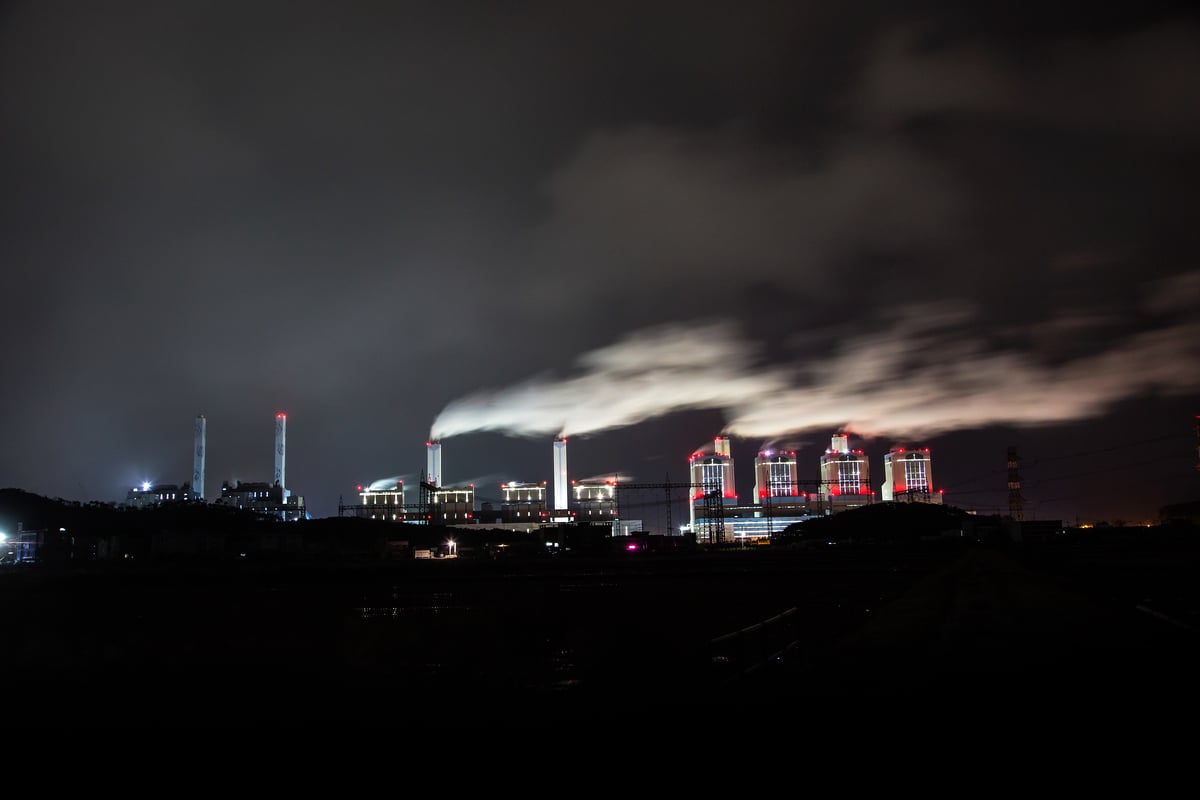Our Beijing office starting publishing our coal tracker ten years ago. Today, the end of coal is in sight.
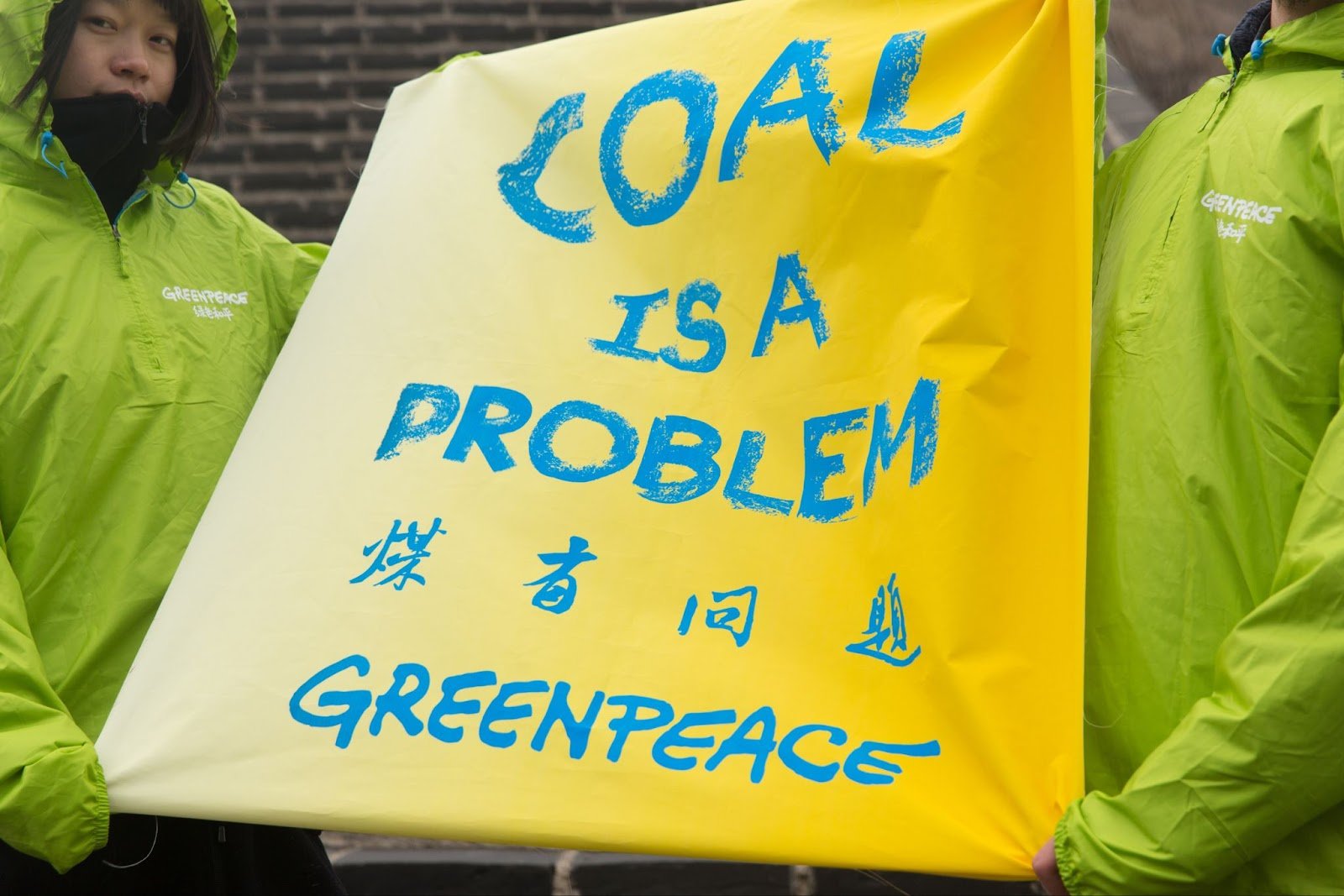
Greenpeace East Asia’s Beijing office began publishing China coal approval tracking reports in 2016. Ten years later, we are the only international NGO inside China still actively talking about the problem with coal.
Today, the end of coal is in sight for China, as wind and solar soar faster here than anywhere else in the world, but the fight isn’t over yet.
After tracking a significant drop in coal power in 2024, our tracking for new coal power approvals from January 1st to March 31st this year showed that 11.29 gigawatts of new coal was approved – this is another uptick in new coal power approvals. And this morning we released our latest coal tracking report, re-emphasizing the clear case for China to stop new coal approvals.
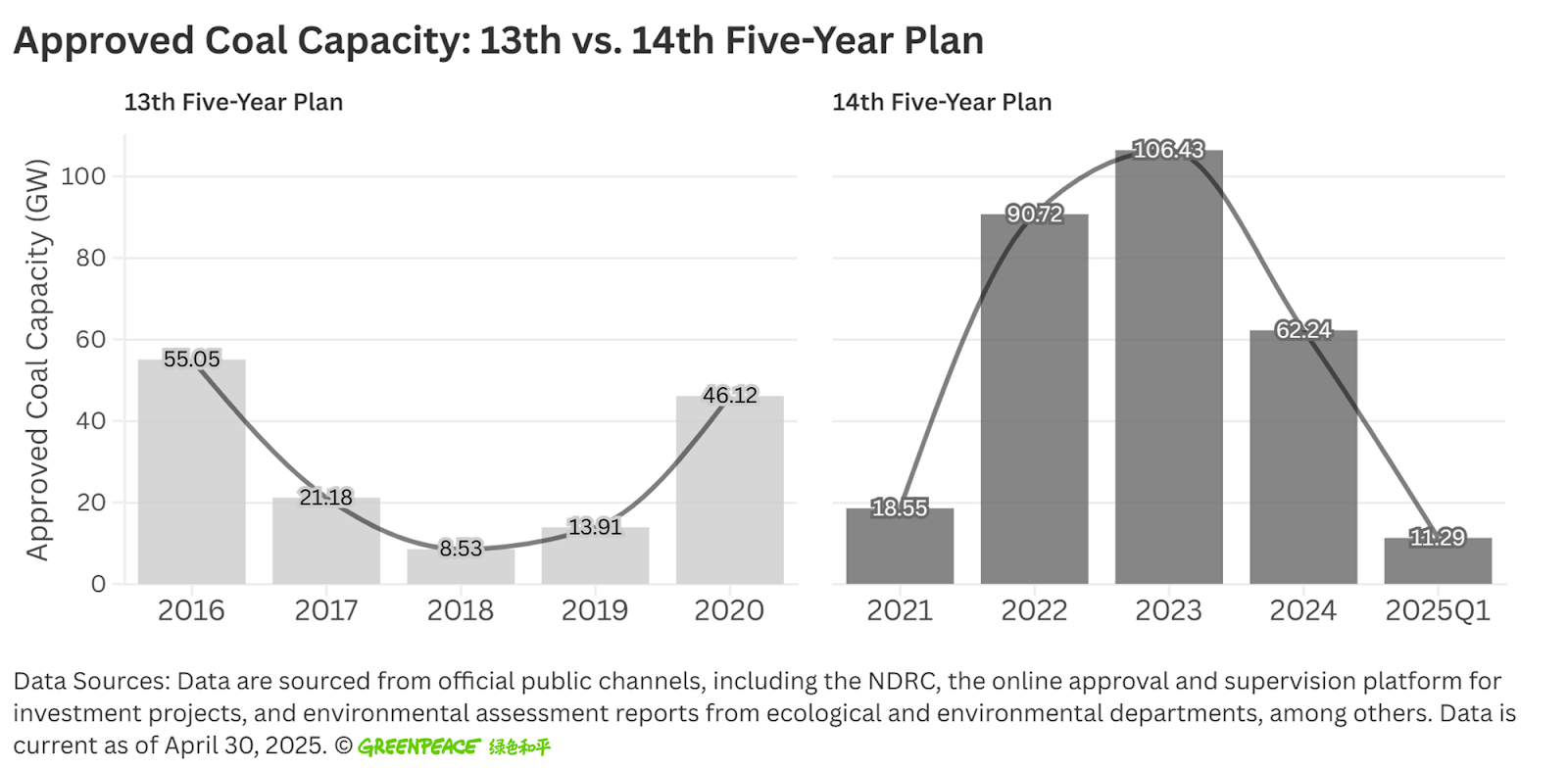
The overall trend for China is that coal is dying and there is now more wind and solar generation capacity in China than any thermal power generation, which includes coal as well as oil, gas, and a handful of other relatively small energy sources.
In 2020, China announced emissions reduction targets of peaking emissions in 2030 and achieving carbon neutrality in 2060. Peaking emissions in the power sector will be a critical step. Today, we are in striking distance of achieving that goal five years early. But this is not the time for Beijing to coast. It is possible for China to peak emissions from its power sector this year. And we are calling on Beijing to make it happen!
“2025 is a critical year for China to make overall emissions from its power sector stop increasing,” Beijing-based project leader Gao Yuhe said this morning when we released the findings from our latest coal tracker to international and Chinese media.
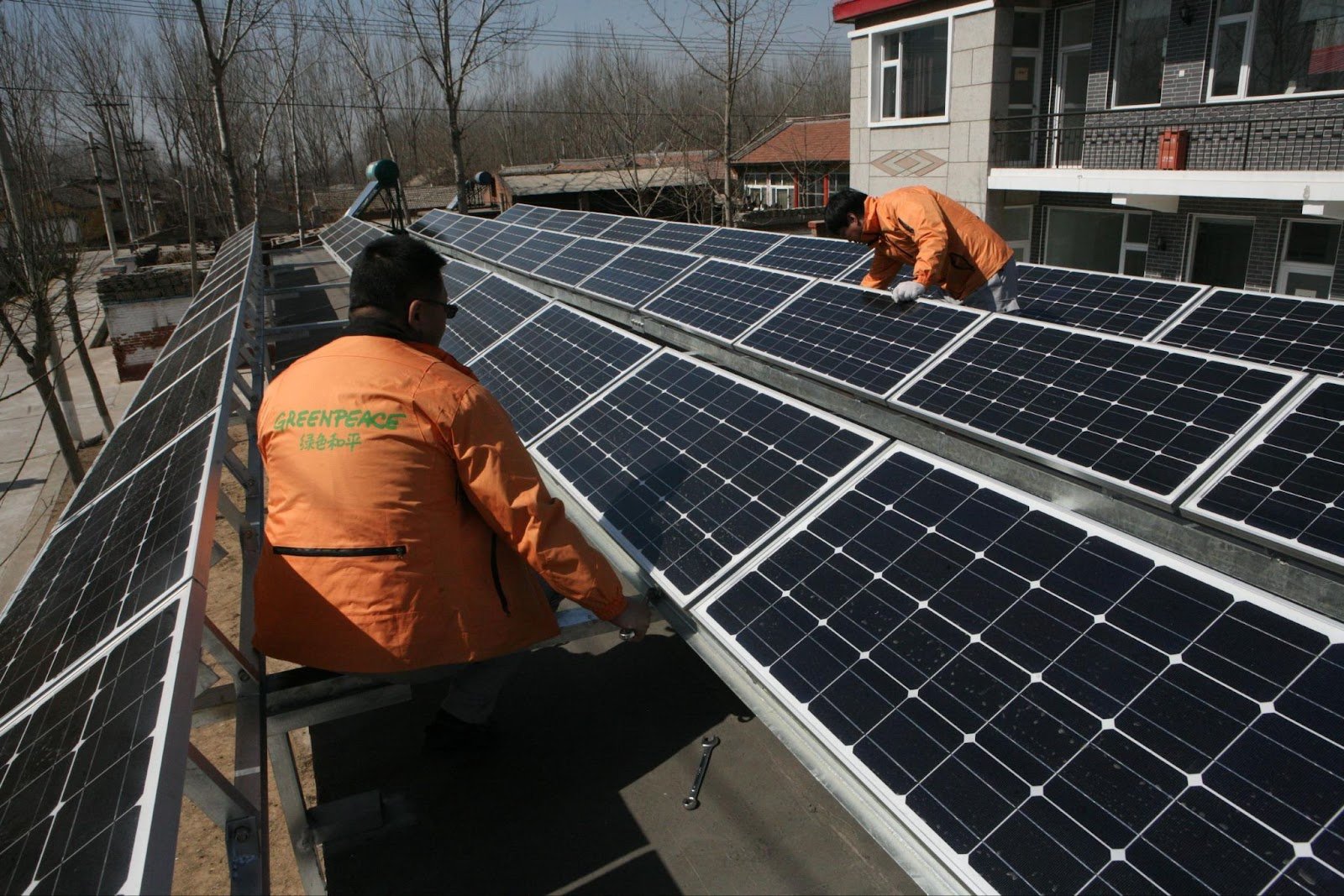
Even as wind and solar boom in China and around the world, new coal approvals can spoil the fun. China’s energy system has long been shaped around coal. And so long as it continues to play a role in China’s energy system, it actually presents a systemic barrier to wind and solar expansion.
So, we’re still not finished. Today, we called on the government to release a top-level policy framework on China’s power sector transition that includes a clear coal phase-out timeline, to increase the 2030 targets that Beijing will soon hit several years ahead of schedule, and to implement improvement to the power grid that will enable stronger wind and solar uptake.
ENDS
For media enquiries please contact:
Qilin Liu, Greenpeace East Asia, Beijing, ([email protected])
Greenpeace International Press Desk, [email protected], +31 20 718 2470 (24 hours)

